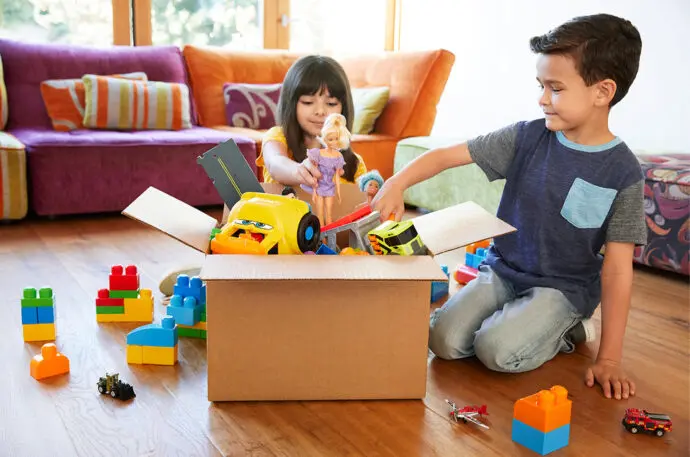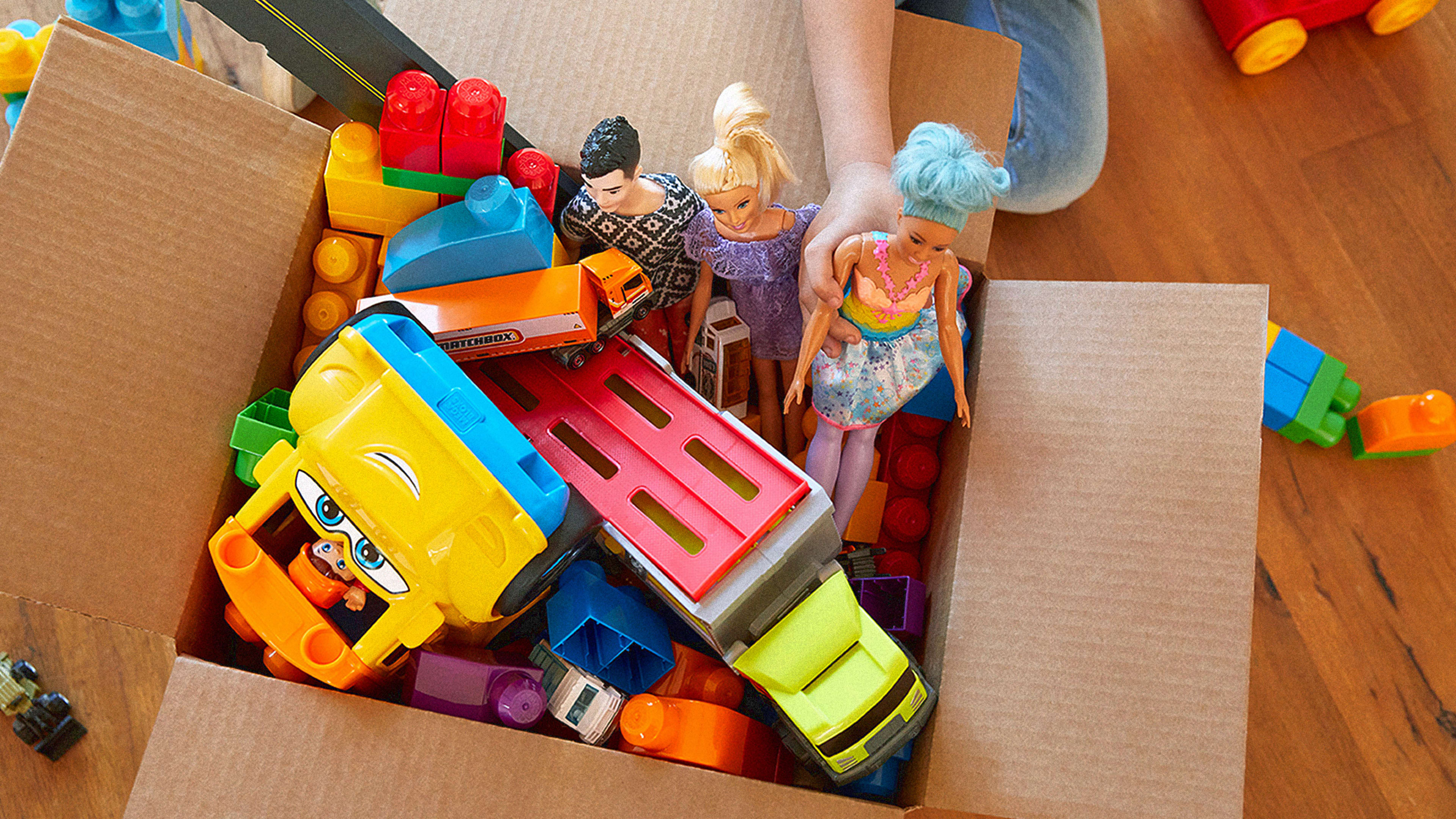Over the years, I’ve tried to reduce my plastic consumption by using refillable bottles and bringing my own bags to the grocery story. But as soon as I had a baby, my battle with plastic became so much harder. Most children’s products—from tableware to toys—are made of plastic because it’s unbreakable and easy to clean.
Mattel is now taking steps to assuage parents’ guilt. This week, the brand launched PlayBack, a program that lets people send toys back to Mattel, which will then use the materials for new toys.
Mattel, which sold $4.58 billion of toys in 2020, makes many of its products out of plastic, from building blocks to dolls to figurines. These items haven’t historically been recyclable, which means when they reach the end of their life, they end up in a landfill.

To participate, families can go to the Mattel website to download a free pre-paid label to send toys back. For now, the program only includes the Barbie, Matchbox and Mega brands, but Mattel says it will add other brands soon. In the United States, Mattel will work in-house to recover the materials in these toys and use them to create new products. In the U.K., France, and Germany, where Mattel has launched similar programs, the company will work with third-party recyclers, such as Terracycle.
The company hasn’t specified what percentage of plastic it will ultimately turn back into toys. Materials that can’t be turned into products will either be downcycled or incinerated to create energy. Neither of these options is ideal. Downcycling means creating other plastic products of lower functionality or quality (like a park bench) that can’t be recycled again, meaning that it will still end up in a landfill at the end of its life cycle. And burning plastic—much like burning fossil fuels—keeps plastic out of landfills but contributes to global warming.
Still, this is a step in the right direction for Mattel. If the company is able to build out this recycling infrastructure, it will potentially be able to infinitely recycle old toys into new ones, creating a circular system that doesn’t require extracting new resources and further harming the planet. Ultimately, that’s what all parents want for their children.
Recognize your brand’s excellence by applying to this year’s Brands That Matter Awards before the early-rate deadline, May 3.
